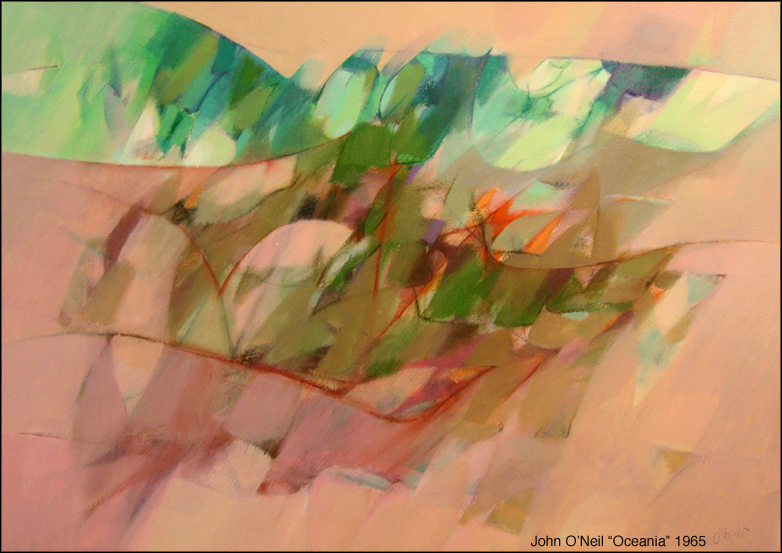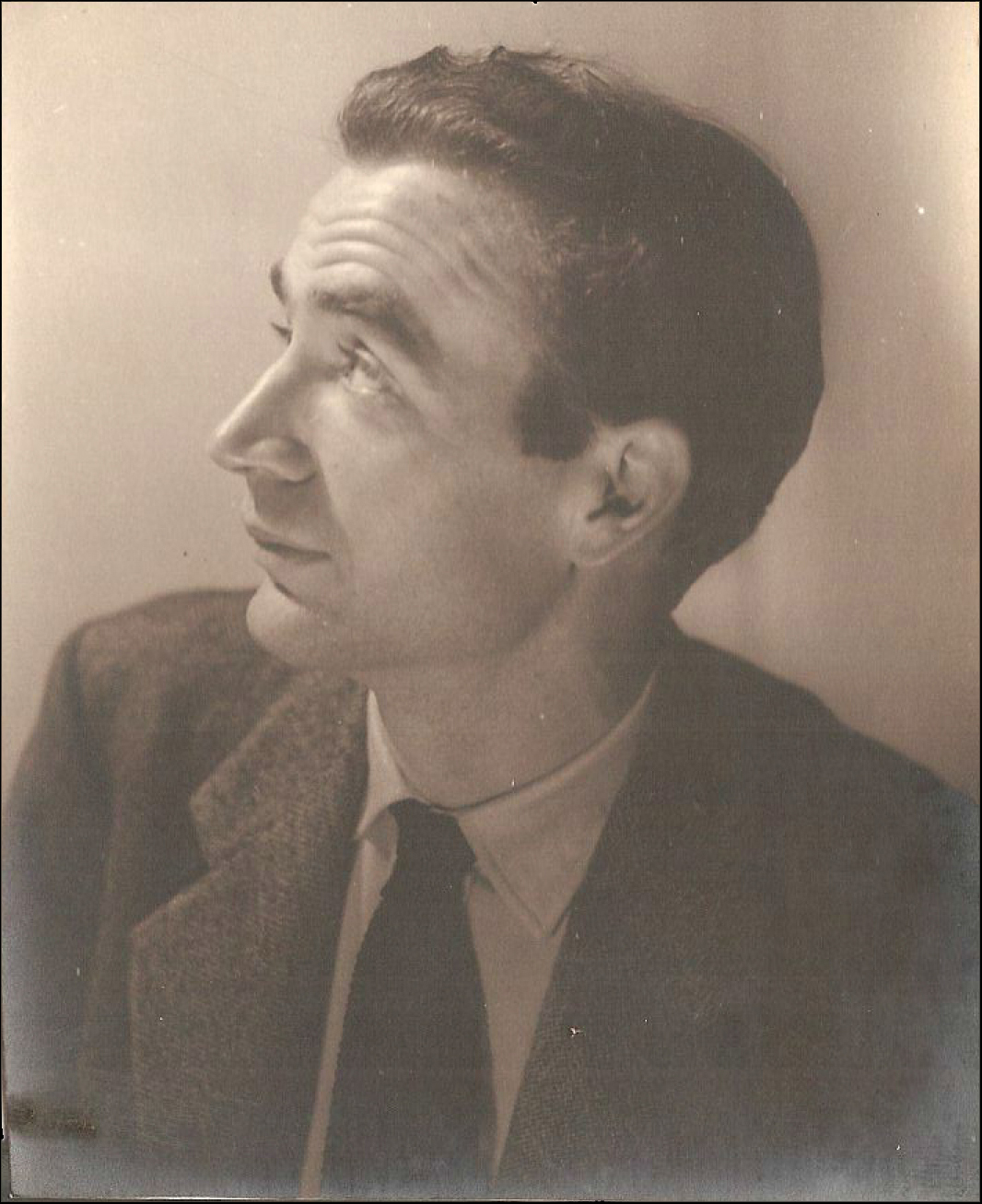“I see” we say, meaning, “I understand”.
To illumine: a painting may create a light that has the resplendence and glow of fire itself, or, conversely, a cold and scintillating lunar phosphorescence. It is within the range of pigment to make this light rather than simply mirror it – the Impressionists demonstrated that, and the Pointillists gave the fact the gravity of a scientific principle.
The prismatic fracturing of light which Bonnard formed into an act of love is now a heady nostalgia, such as the pleasant sights and simple delights of childhood evoke in retrospect, ones which can never quite be found again.
But the light which dazzles our eyes today is more apt to be the searing white flash; the lavender and orange pulsations follow, painful upon our closed lids, in diminishing and aching radiance.
To be born is to experience light, and to die is to lack it, to lose it. What the artist makes, even ineptly, is a light-existence paralleling our own, but intensified and all-absorbing.
If the Renaissance painter existed in a sometimes sharp, sometimes cloudy world of chiaroscuro, and crowned his saints with the nimbus and the aureole, the artist now finds the old lustre gone, but in its place lies harshly the white brilliance of a tropic noon.
Light determines quality: a bauble glitters, but in some subtle way that which we value gives forth signal flashes from an inner core of brilliance.
John O’Neil
Norman, Oklahoma 1960

